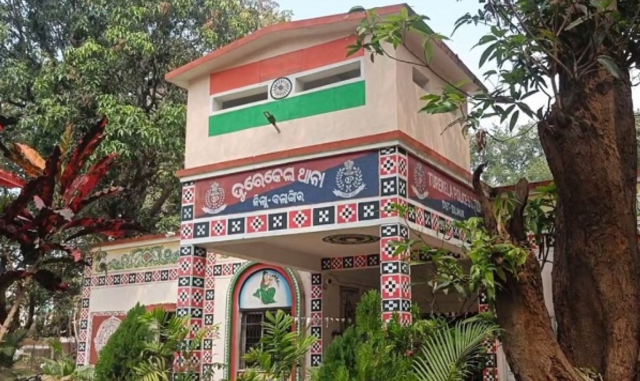The latest World Bank data paints a dramatic contrast between India and Pakistan’s fight against poverty, reflecting not just differing economic trajectories, but also deep policy and governance divides.
Released on June 8, the World Bank’s Poverty and Shared Prosperity report shows that India reduced its extreme poverty rate from 27.1% in 2011-12 to 5.3% in 2022-23, lifting 269 million people—more than Pakistan’s total population—out of extreme poverty. This economic turnaround comes as India recently surpassed Japan to become the fourth-largest economy in the world.
In contrast, Pakistan’s poverty crisis has worsened. Extreme poverty rose from 4.9% in 2017 to 16.5% in 2021, and broader poverty (at the $4.2/day threshold) jumped from 39.8% to over 44.7% in the same period. Experts warn the situation could be even bleaker due to outdated data.
Loans, Not Growth
While India focused on infrastructure, digital transformation, and targeted welfare, Pakistan leaned heavily on foreign loans. Islamabad has accepted 25 IMF bailouts worth $44.57 billion and borrowed billions more from the World Bank, ADB, Islamic Development Bank, China, and Gulf nations. Despite this, there’s little visible progress.
Misallocation and Militancy
Critics say Pakistan’s economic distress stems from chronic misgovernance, lack of financial transparency, and a disproportionate focus on military spending. Much of its budget is funneled into its military and intelligence operations, including its support for cross-border terrorism against India—a strategy often referred to as “bleeding India with a thousand cuts.”
In contrast, India’s developmental approach, built on inclusive growth and poverty reduction, has become a global case study in how to sustainably uplift millions. The two nations, once economically similar, now stand worlds apart—one rising, the other sinking.





























